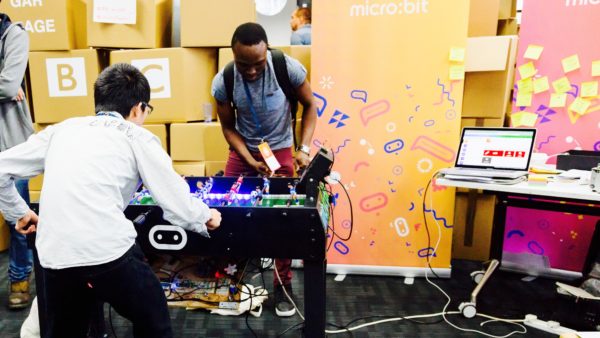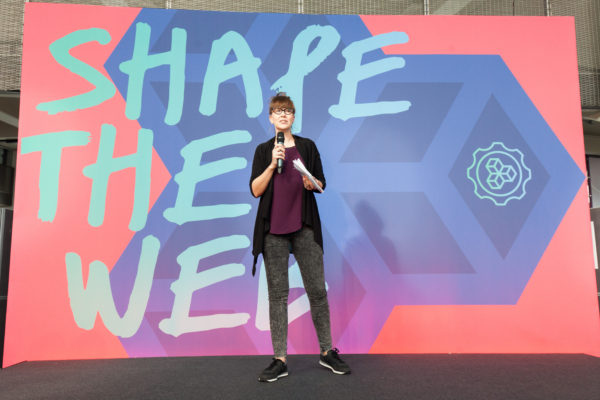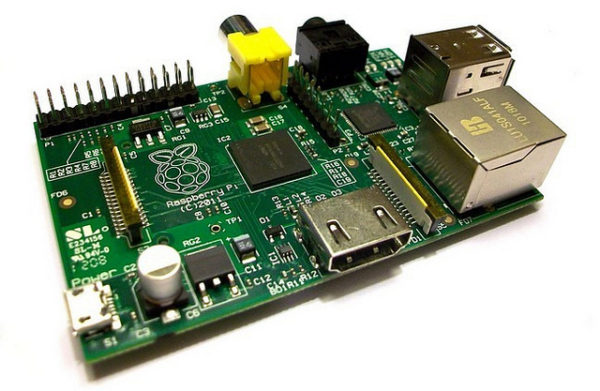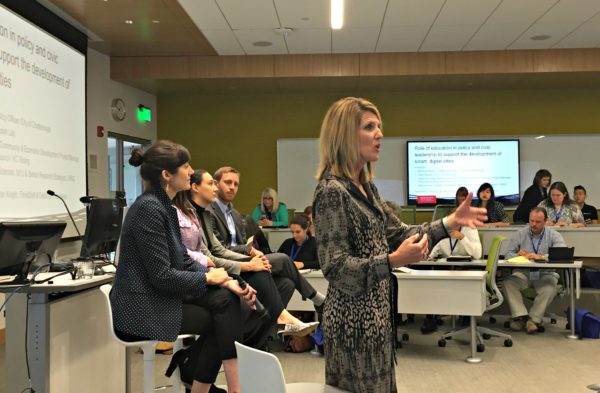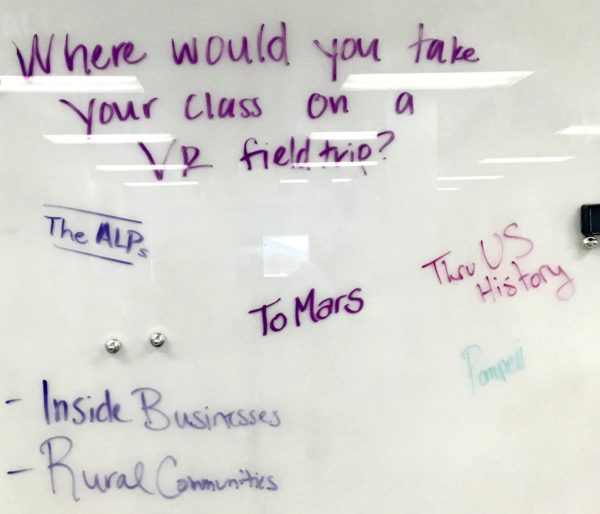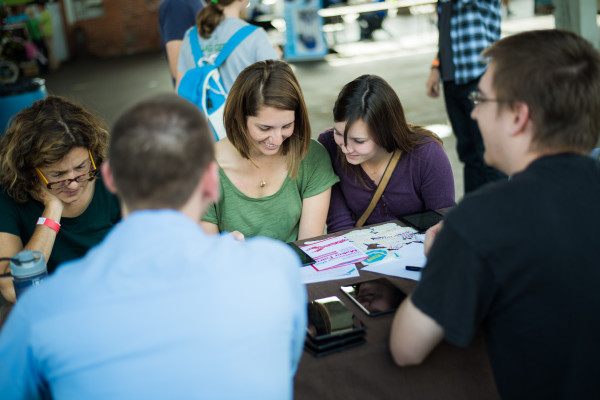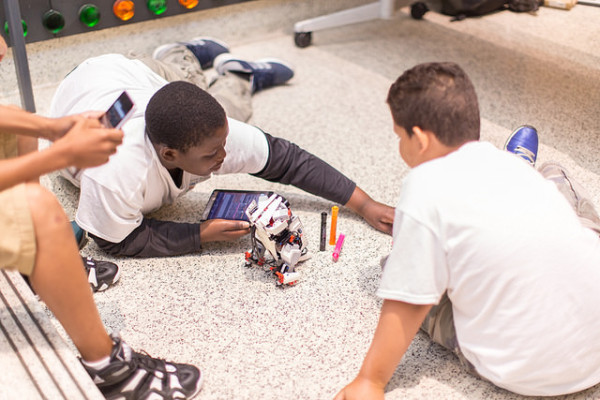A Next Generation Learning Opportunity
What if every child in Austin had the opportunity to deploy a network of digital sensors to analyze local air and water quality? Utilize studio-grade audio tools without special hardware, straight from a web browser? Connect flawlessly with peers in classrooms across the city to co-work on collaborative projects? Transport themselves to a protest and march alongside activists in a virtual reality simulation?
Thanks to next-generation internet networks – currently in deployment by Google Fiber at Austin ISD schools, non-profits, public housing units, and neighborhoods surrounding you – opportunities like these are already possible.
Introducing Hive Austin
Last month Mozilla announced the launch of Hive Austin and the Gigabit Community Fund to support innovators who put learners first. Hive Austin will connect and build local leaders in education and workforce development who will help learners understand and leverage opportunities made possible by gigabit speed networks. As in Hive Networks in Chicago, Toronto, Pittsburgh, New York City, Kansas City, Chattanooga and elsewhere around the globe, Hive Austin will advance the promise of the Internet for learning in a networked world.
This August, Mozilla will begin to accept proposals from the Austin education and technology innovation community in response to its Gigabit Community Fund RFP. Grants ranging from $5K to $25K will support the production of curriculum, tools and pilot programs that leverage the next-generation internet for education and workforce development outcomes. Special consideration will be given to projects that can be extended to established Mozilla Gigabit cities: Chattanooga and Kansas City.
If you are interested in learning more, please sign up for our mailing list and look out for opportunities to meet the local Mozilla team this summer.
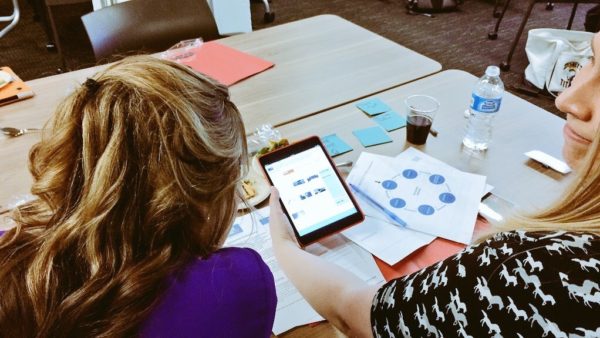
Teachers exploring the use of Minecraft for design thinking at a Hive educator peer-learning event hosted by the Chicago Architecture Foundation
An Education Innovation Peer-Learning Community
Hive Austin will support a peer-learning community for innovation in education to move next generation network-enabled technologies out of the lab and into the hands of users. The real magic happens when researchers, developers, and companies work together with learners, educators and learning organizations to engage in user-centered design that proves the viability of these technologies.
Intentional efforts by local leaders to make Austin’s rapidly growing technology sector more inclusive and responsive to the broader community provide real promise for educational and workforce impact. In 2014, the City of Austin developed and released a Digital Inclusion Strategic Plan, which they support with the Grants for Technology Opportunities Program and with implementation partners like Austin Free-Net. Just this year, Austin was also announced as a White House TechHire Community and it already has an active civic-technology community that convenes through Open Austin, a local Code for America brigade.
Specific to the gig, Google Fiber Austin will be an incredible partner for Hive; their local work in unlocking the connection with the Housing Authority for the City of Austin has received national recognition.
In the education space, Austin has been nationally recognized as a STEM Ecosystem city and local funders like the KDK Harman Foundation and the Andy Roddick Foundation have provided important support for collective action initiatives like the Central Texas Afterschool Network. The emergent Computer Science for All efforts lead by the KLE Foundation in Austin create another valuable opportunity for curricular and teacher professional development.
Taken together, these initiatives create incredibly fertile ground for cross-sector collaboration.
What Mozilla Brings to Austin
Mozilla fuels a global movement to create and sustain an open internet that truly puts people first. High speed networks are helping to shape the future of a Web that – thanks to projects like Hive Austin and the Gigabit Community Fund – will remain open, accessible, and built by all of us. Together in Austin, our work will explore core issues facing the Web about which Mozilla cares deeply: open innovation, web literacy, and digital inclusion.
Austin will be joining Kansas City and Chattanooga as the third city in the Mozilla Gigabit Community Fund portfolio, which already includes 26 pilot projects funded since 2014. Two more Mozilla Gigabit cities will be announced in 2017 and will further expand opportunities to spread effective pilot projects nationally.
Hive Austin will distribute a total of $150K in grant funding over the next year in two RFP cycles, the first opening this August 2016 with proposals due October 18, 2016. Local collaborations will be supported by Robert Friedman, Hive Austin Portfolio Strategist.
